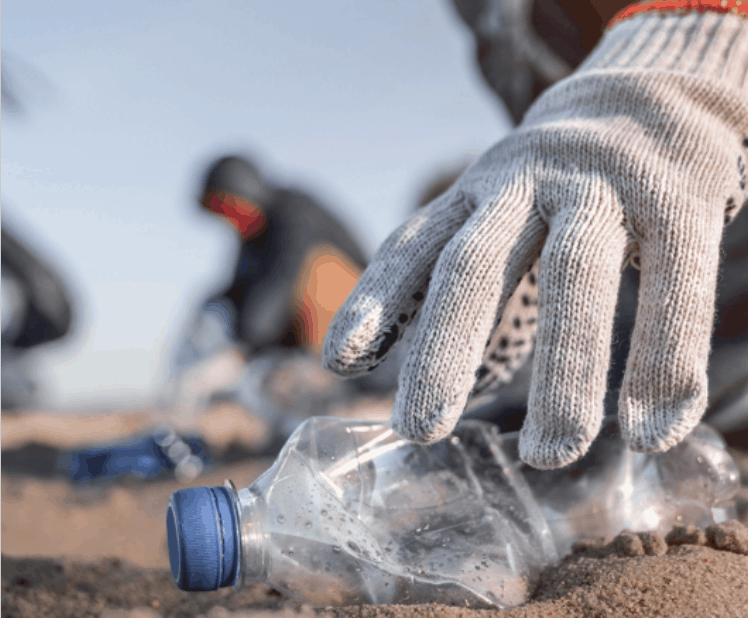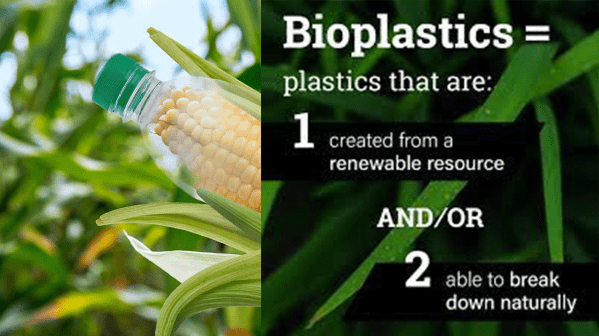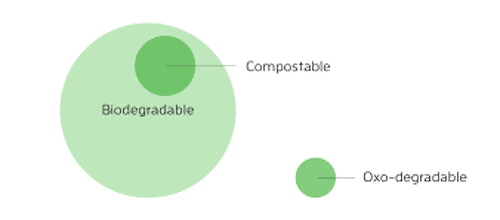Straw or No Straw: How Our Choices Impact Aquatic Wildlife One Straw at a Time
HOW DOES PLASTIC IMPACT THE ENVIRONMENT?
Plastic can be used to save wildlife, but it can also be extremely dangerous, especially when we over-produce, over-use, and over-consume and then fail to reuse, recycle, and/or dispose of it properly. Most plastics are not biodegradable and cannot be broken down naturally by bacteria or other living things, and as a result, most of it ends up in wildlife habitats where it poses a threat to plants and animals.
More than 50% of all of the plastic ever made has been produced since 2004. Plastic pollution is a result of the buildup of plastic waste that has accumulated over decades and especially over recent years. The accumulated plastic finds its way into our lakes, rivers, and oceans, where aquatic life is in danger of ingesting plastic or being exposed to the toxins that leach from it. Some wildlife, like sea turtles, sea birds, and marine mammals, can even get trapped or ensnared in plastic waste. Millions of turtles, seabirds, and other wildlife die each year from complications directly related to plastic consumption. It’s estimated that as many as 70% of seabirds and 30% of turtles have ingested some type of plastic from the ocean. [1]
WHY ARE STRAWS BEING BANNED? HOW DO STRAWS HURT THE ENVIRONMENT?
As one of the most common types of single-use plastic, or plastic products that are generally used only one time and then thrown away, straws are one of the culprits of unnecessary plastic pollution.
The particular problem of plastic straws
Five hundred million straws are used each day by people in the United States alone.[2] Plastic straws are one of the most widely used, and therefore disposed of, plastic products. Many types of straws cannot be reused or recycled due to the chemicals they are made from. Most plastic straws are also not biodegradable and cannot be broken down naturally by bacteria and other decomposers into non-toxic materials.
Straws are particularly prone to ending up in our waterways, and ultimately the oceans, due to beach littering, wind that transports the lightweight objects from trash cans and trash collection facilities, and barges, boats, and aquatic transport vehicles. Most plastic straws simply break into ever-smaller particles, releasing chemicals into the soil, air, and water that are harmful to animals, plants, people, and the environment.
WHAT ARE SOME ALTERNATIVES TO PLASTIC STRAWS?
If you or a loved one is required to use a straw for medical purposes, or if you just prefer to consume your beverages with straws, there are many non-plastic straw options available. Simply replacing cheap and disposable plastic straws with reusable stainless steel, glass, or biodegradable paper alternatives is an easy way to cut down on plastic pollution. Check out the gift store at your local AZA-accredited zoo or aquarium and you might just find one in stock!

How do straws hurt the environment?
Releted Tags



Pura Vida Bioplastics = Real Certificates USDA BIO-BASED, TUV, BNQ, GREEN AMERICA Home Compostable – Breaks down 3-4 months without Chemicals
Get a Quote